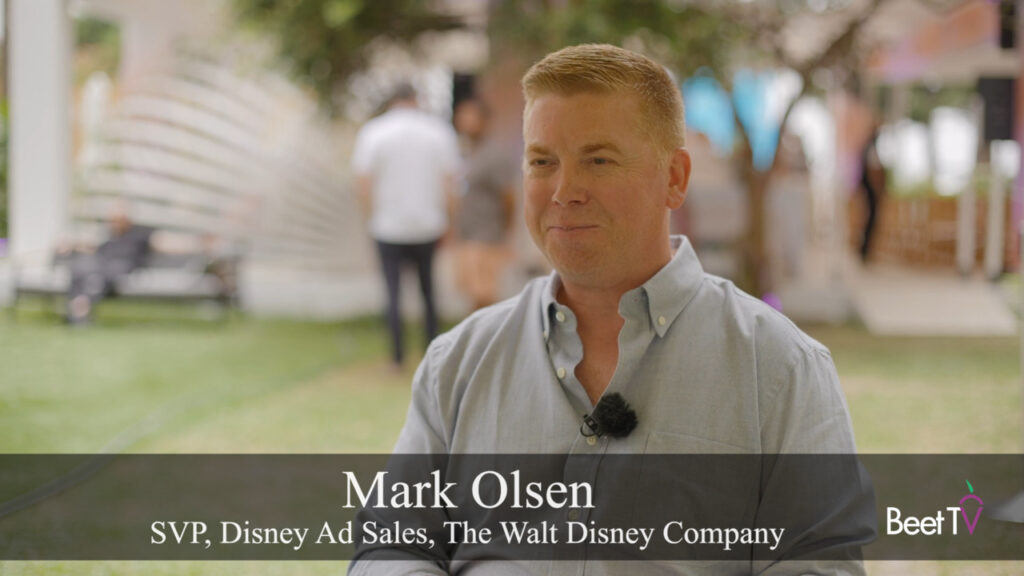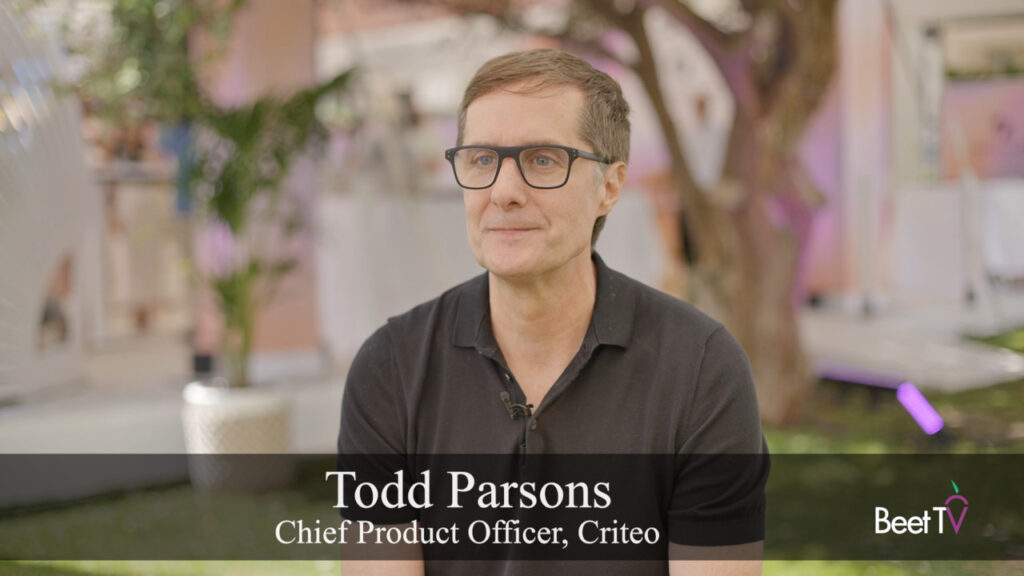Tim Berners-Lee, the British physicist who invented the organizational system for the World Wide Web, has been an advocate for a more organized Web, something he calls the "semantic" Web.
This new system of organizing Web pages in a unified system, something akin to a giant Dewey Decimal system where pages have unique identifiers and can be cross referenced and linked, is coming to the world of video via Joost, which is inserting identifying tags called RDF’s into the XML code.
Earlier this month, I interview Philippe Le Hegaret, who works with Berners-Lee at the World Wide Consortium, headquartered on the the MIT campus in Cambridge, Massachusetts. Philippe is chief architect of domain services.
He explains the current implementation of the RDF into science research documents, new software from Oracle and in videos from Joost.
Here’s what Joost’s CTO Dirk-Willem van Gulik said earlier this year about RDF in Technology Review:
…….Dirk-Willem van Gulik calls "XML on
steroids." RDF allowed developers to write software without worrying about
widely varying content-use restrictions or national regulations, all of which
could be accommodated afterwards using RDF’s Semantic Web linkages.Joost’s RDF infrastructure also means that users will have wide-ranging
control over the service, van Gulik adds. People will be able to program their
own virtual TV networks–if an advertiser wants its own "channel," say, or an
environmental group wants to bring topical content to its members–by using the
powerful search and filtering capacity inherent in the semantic ordering of
data.
How much video indexing will evolve to this "semantic" platform, is tough to say. Marshall Kirkpatrick at Read/Write Web reports that BBC is exploring the system. This is a trend to watch in 2008.
You can grab my interview with Philippe right here.
— Andy Plesser



























